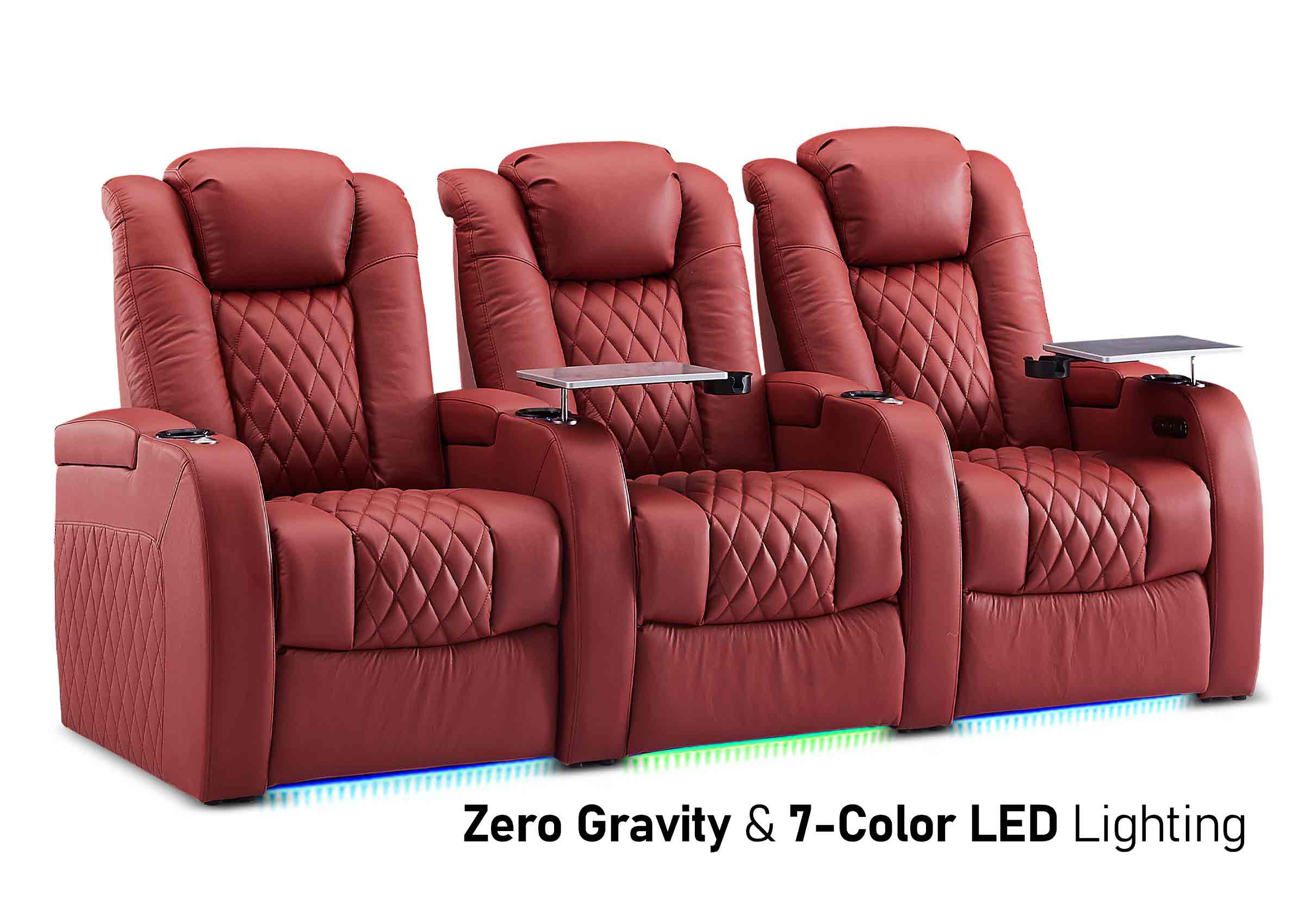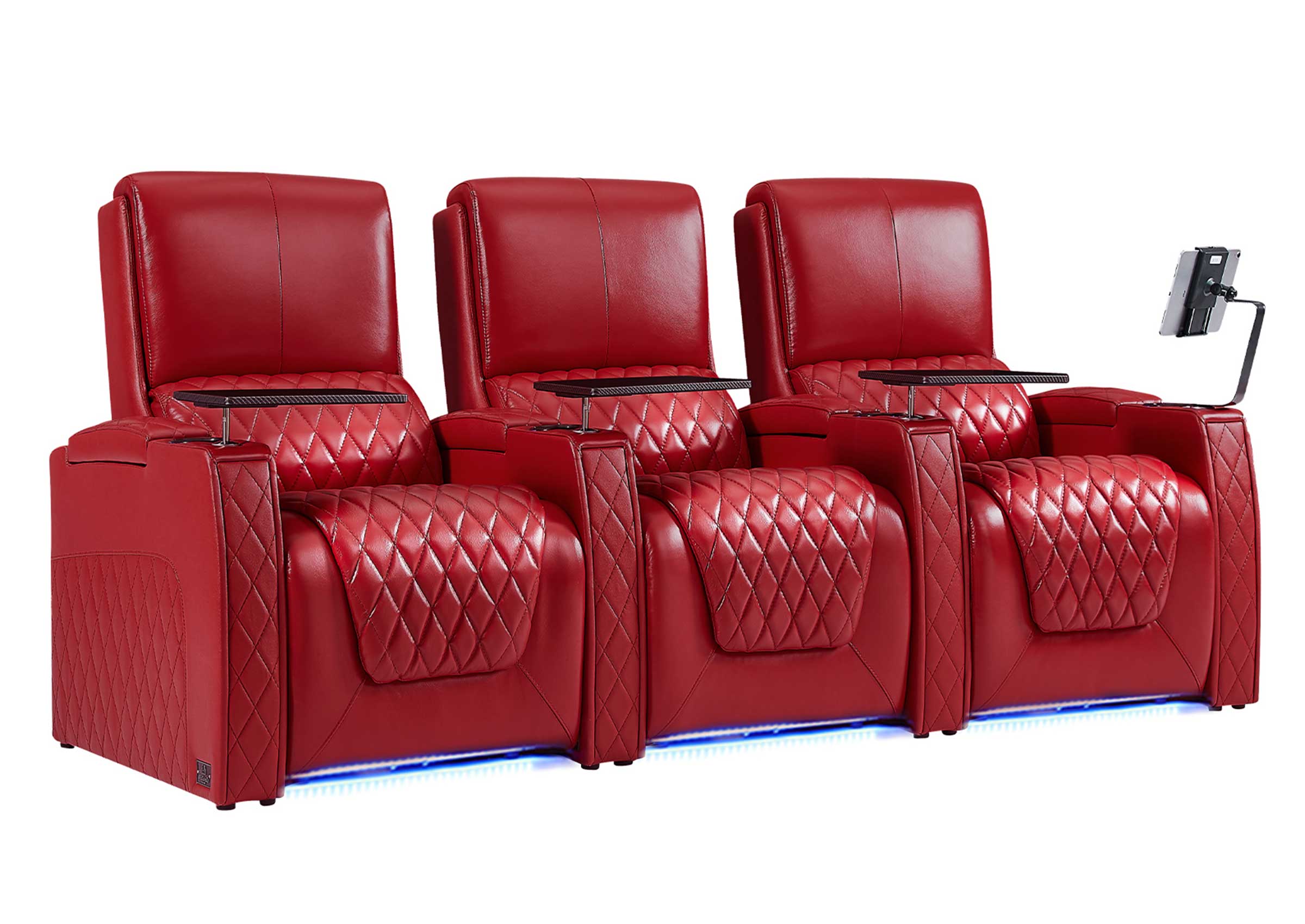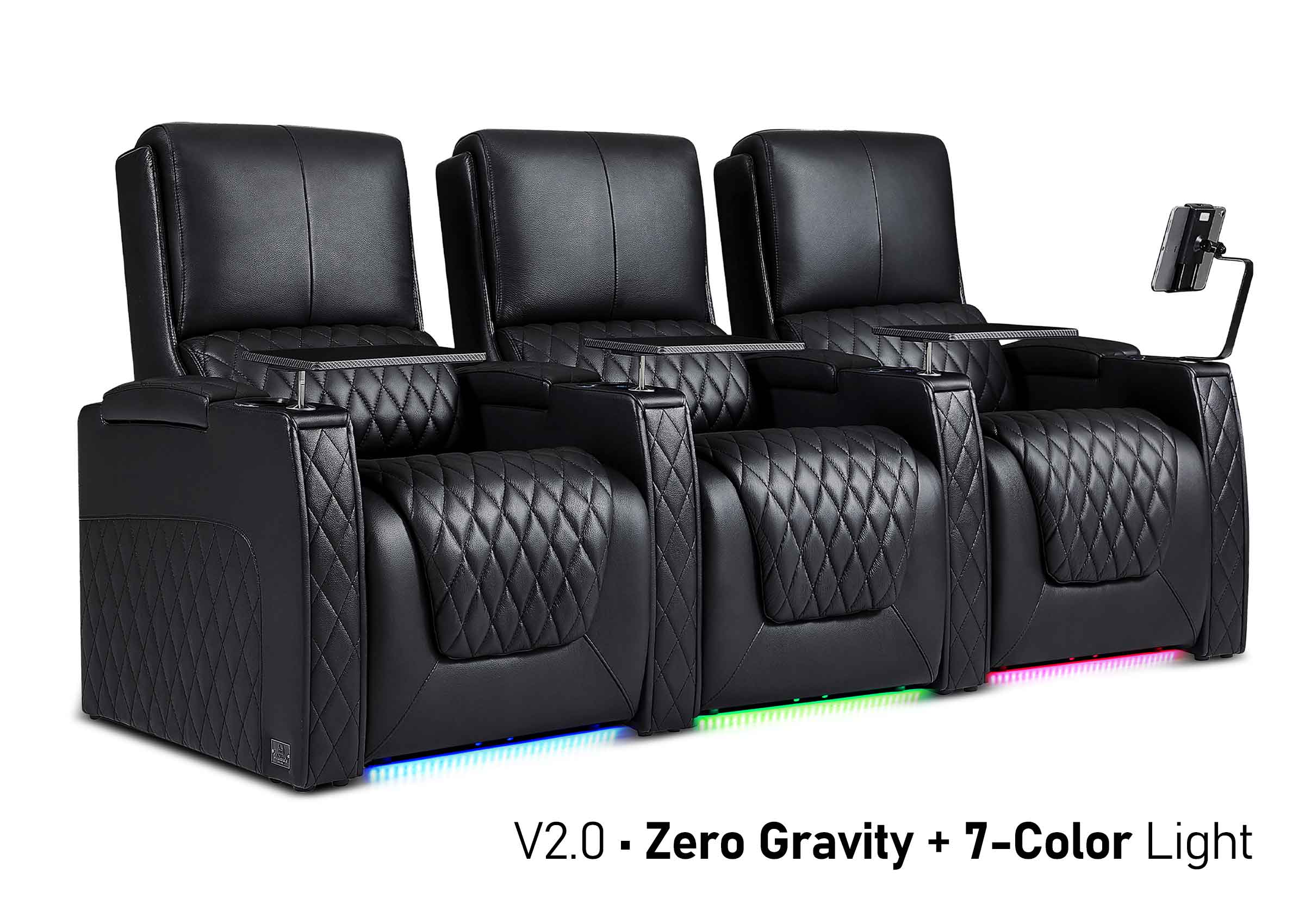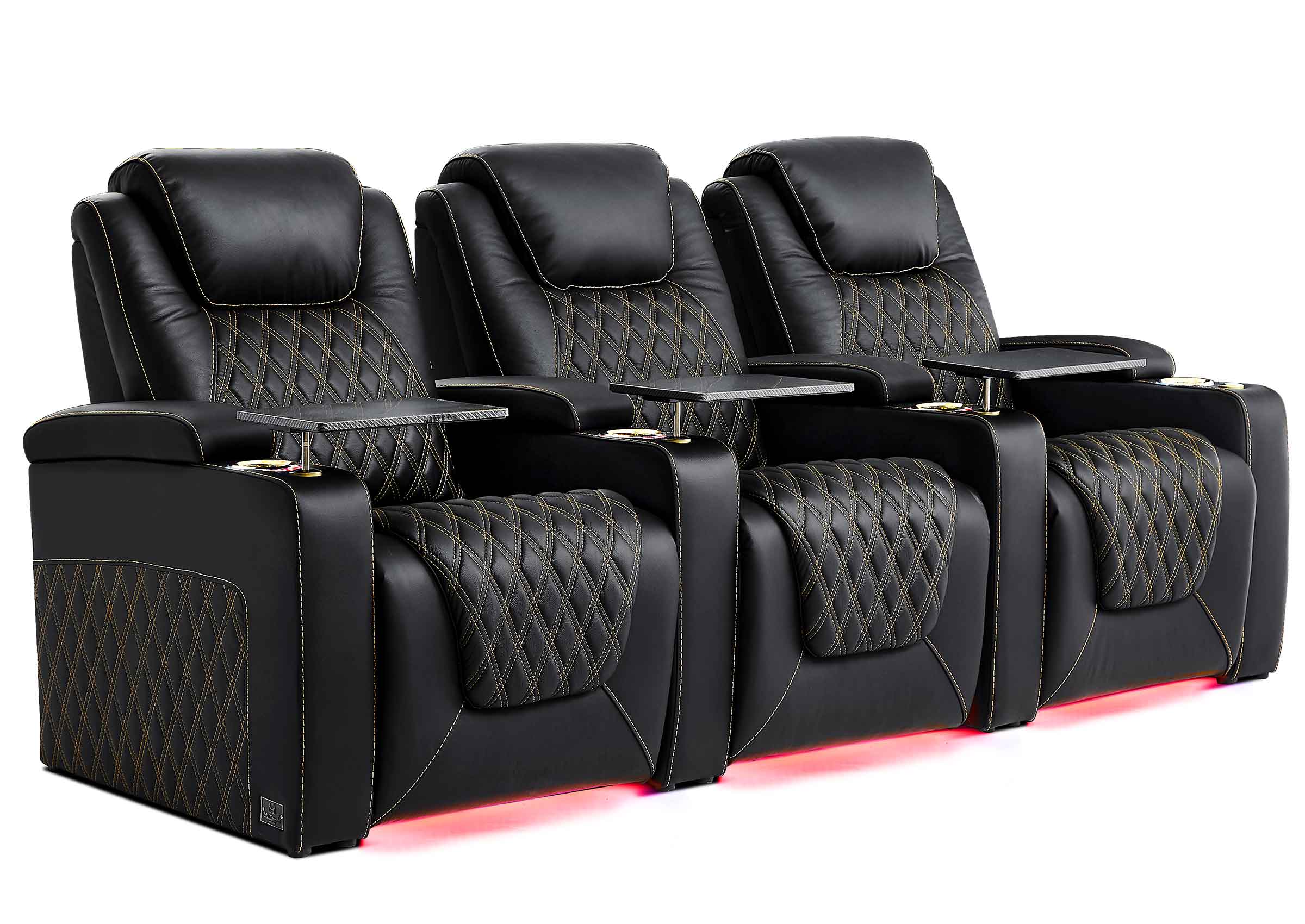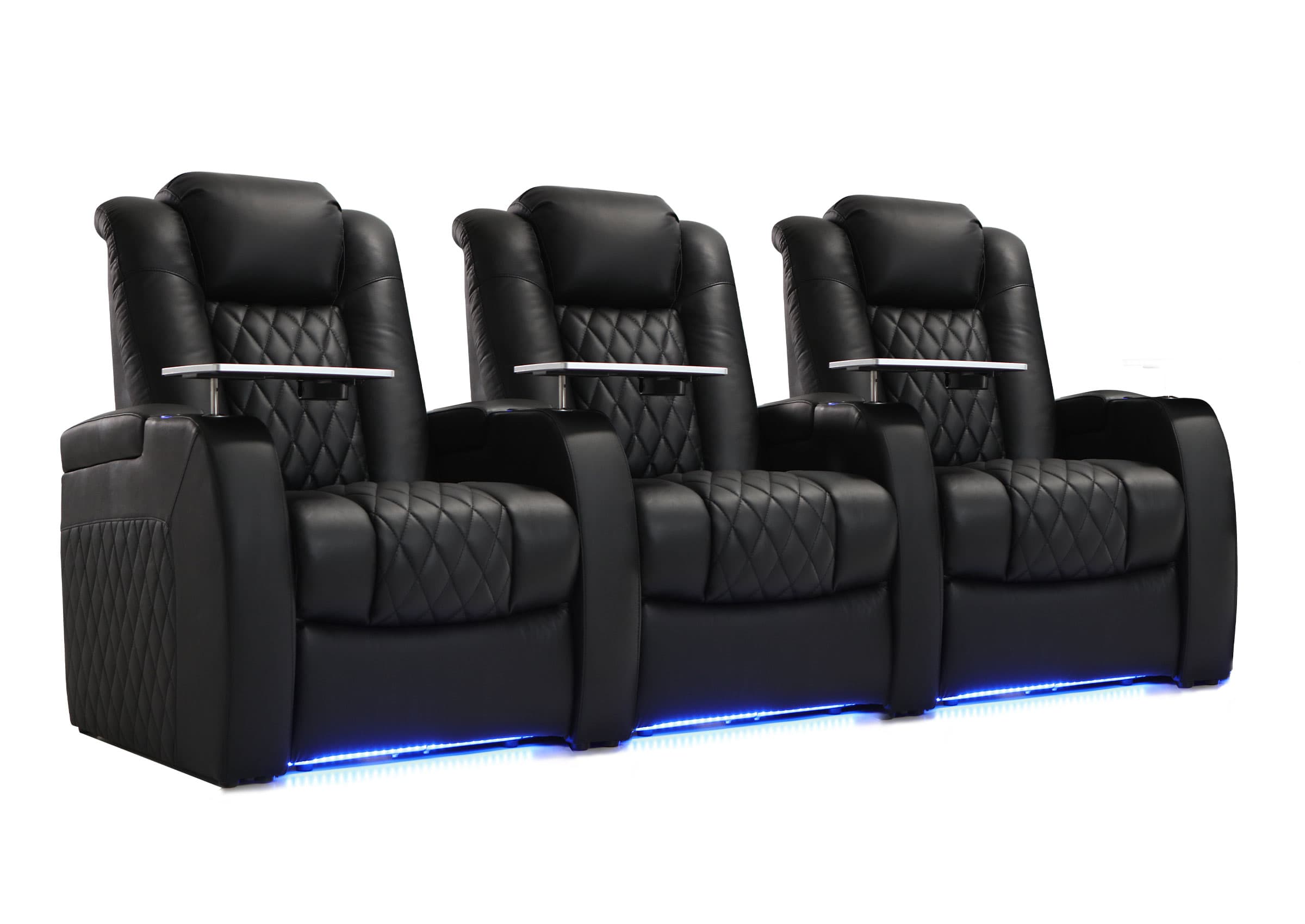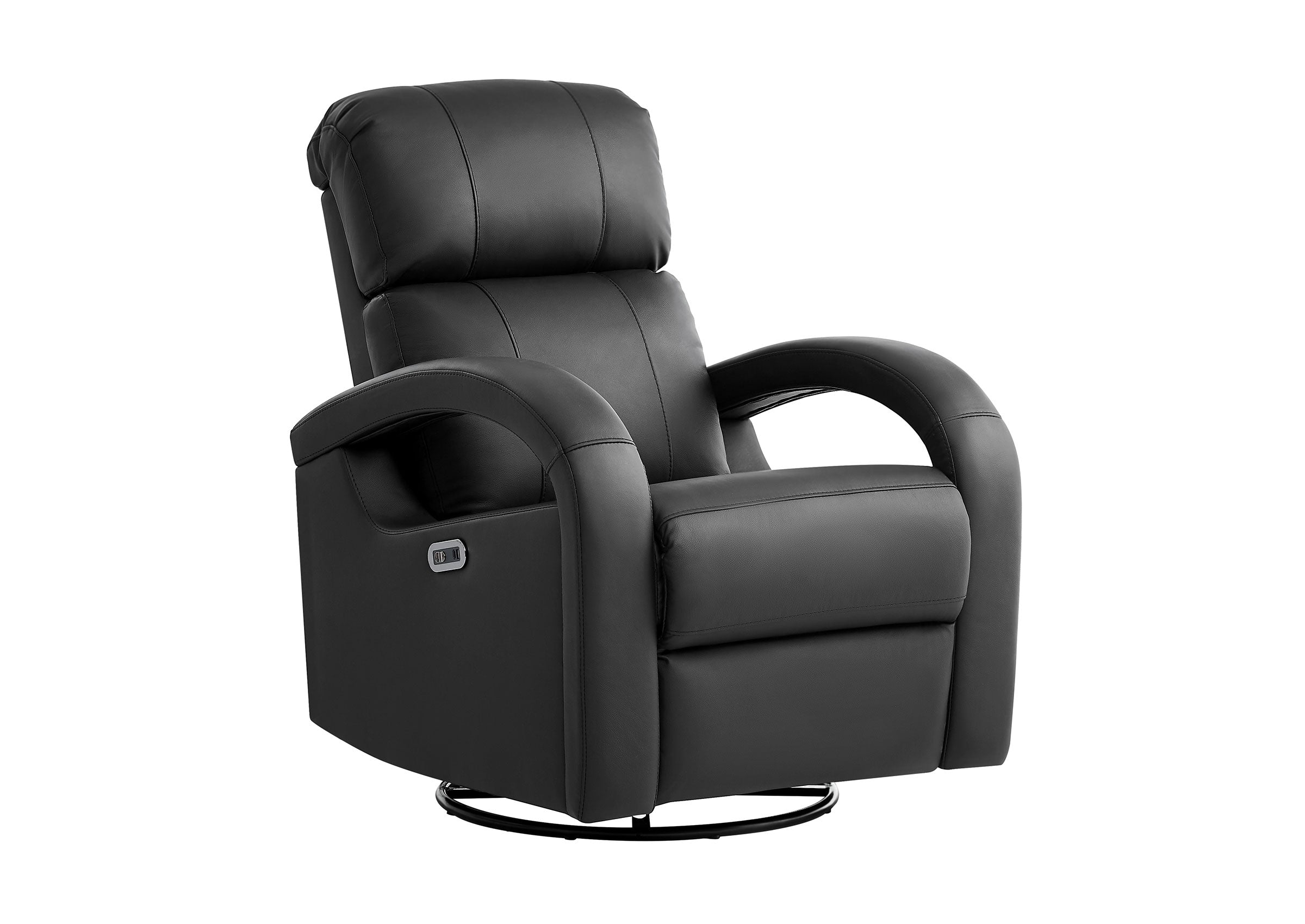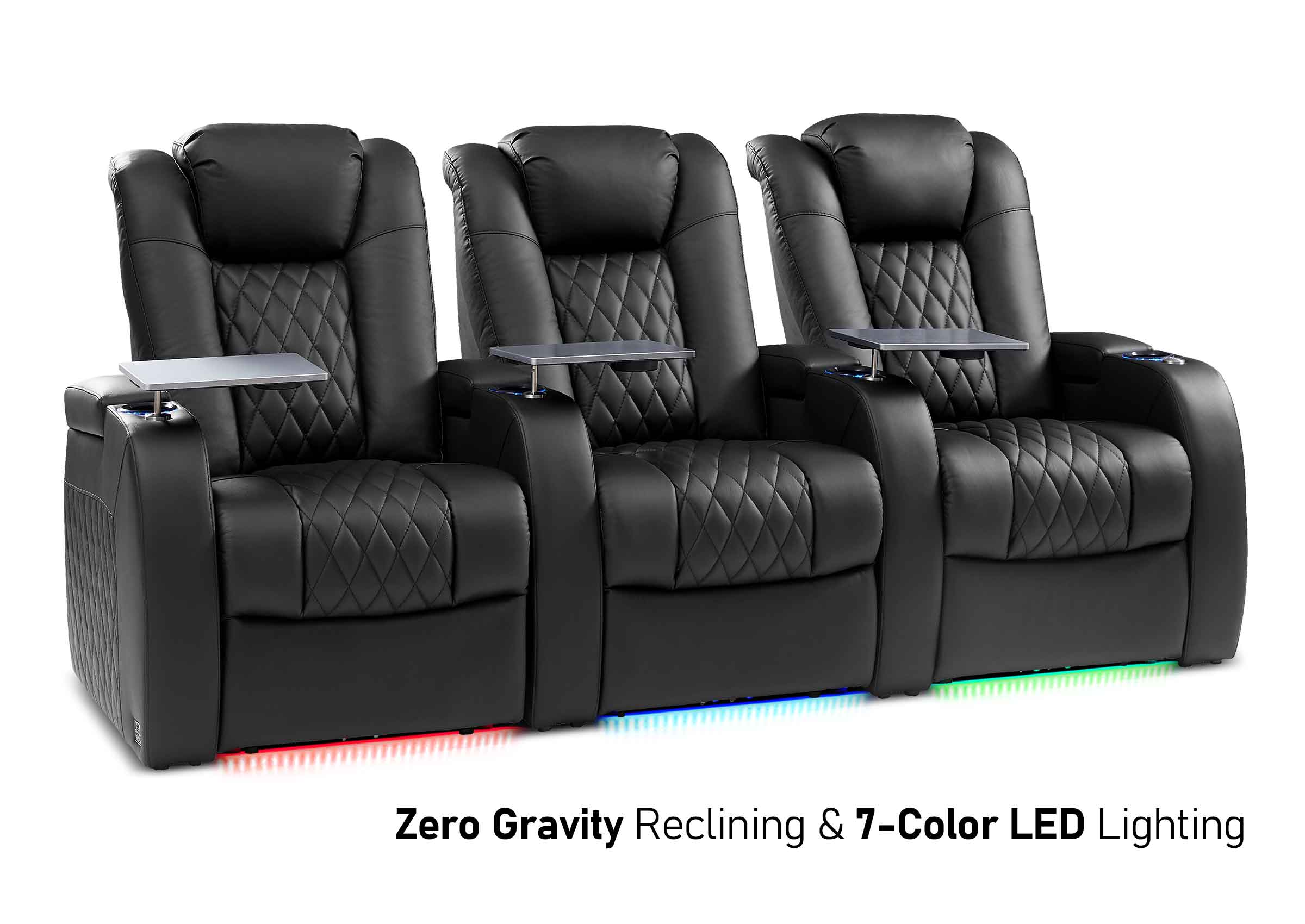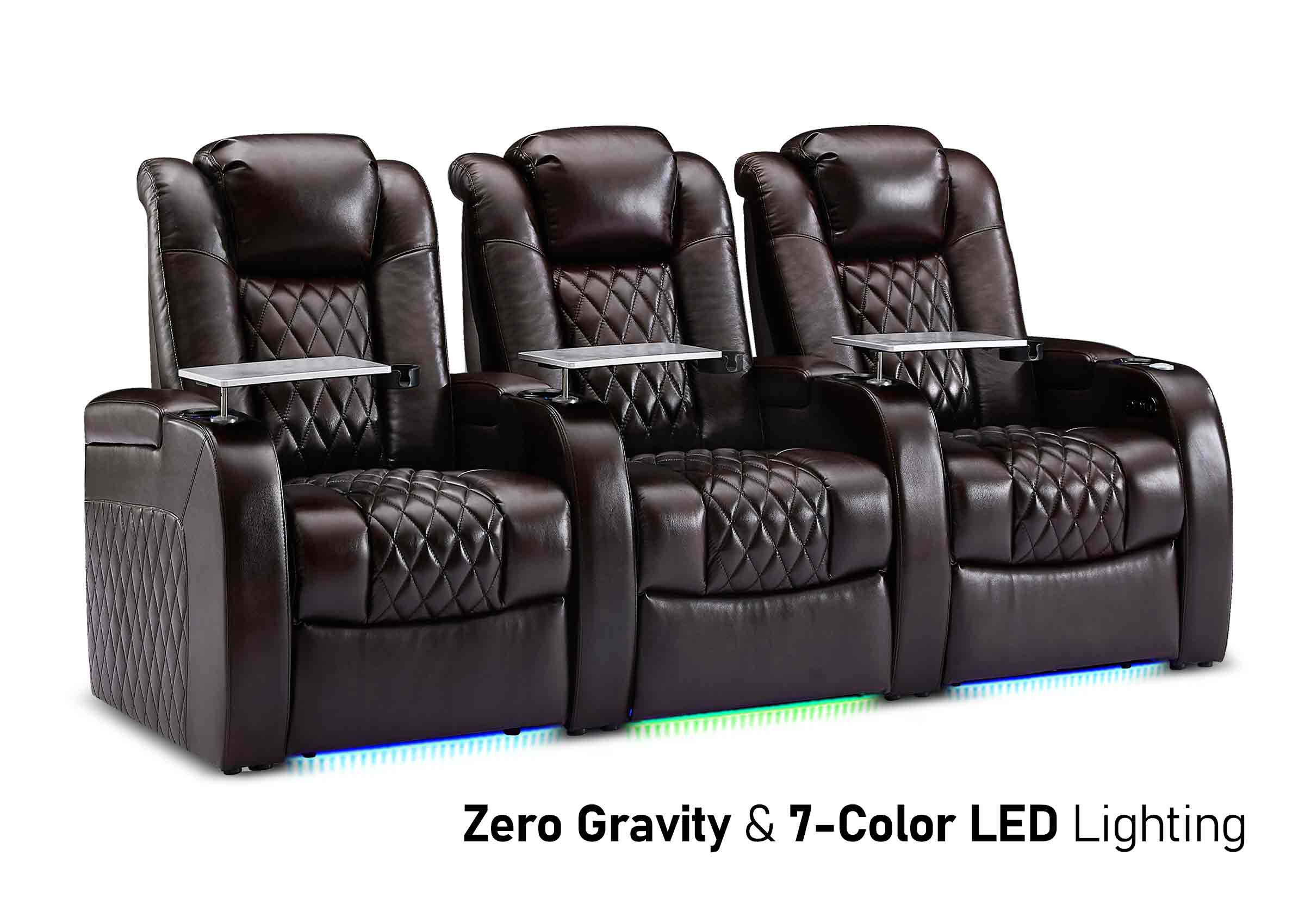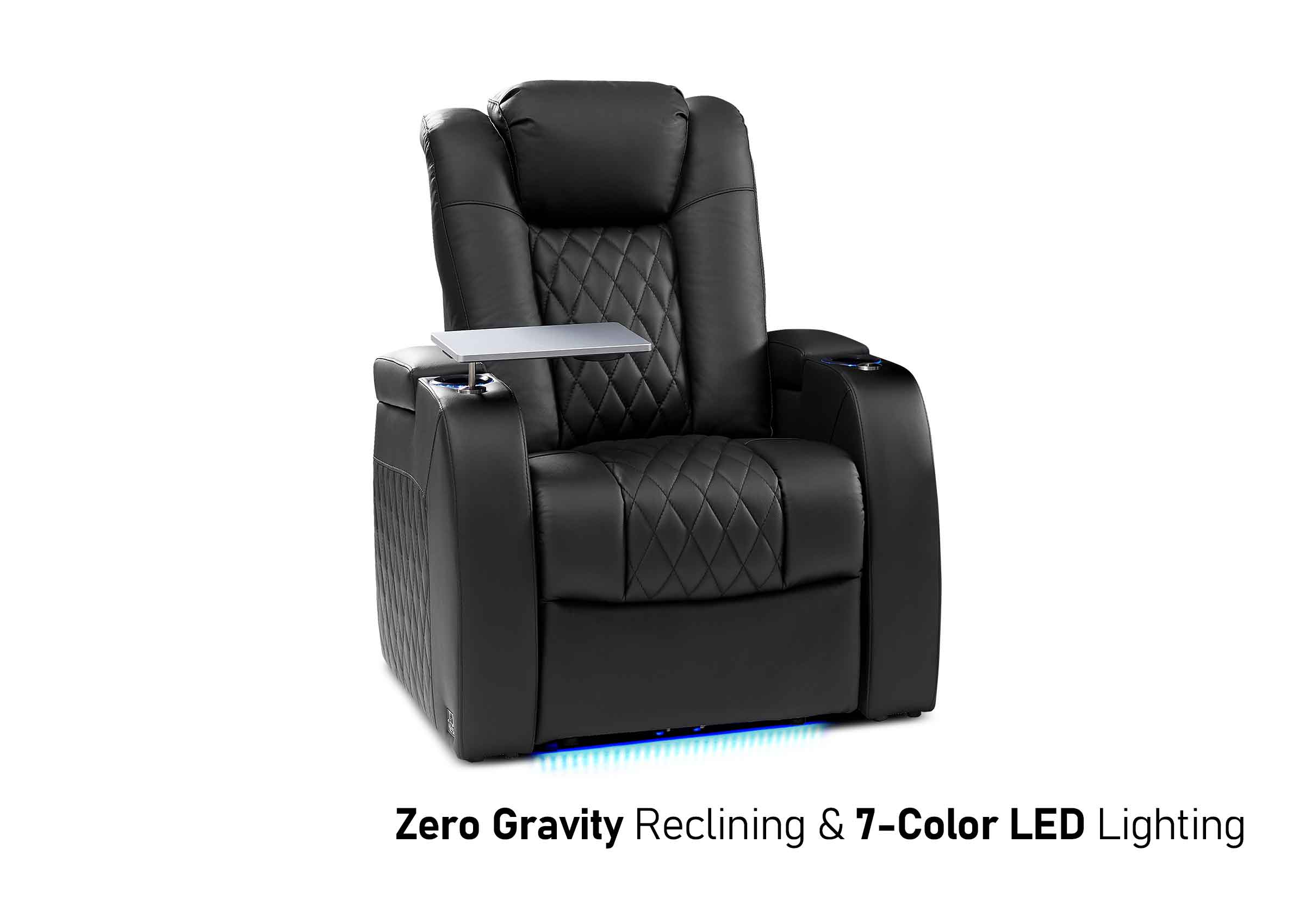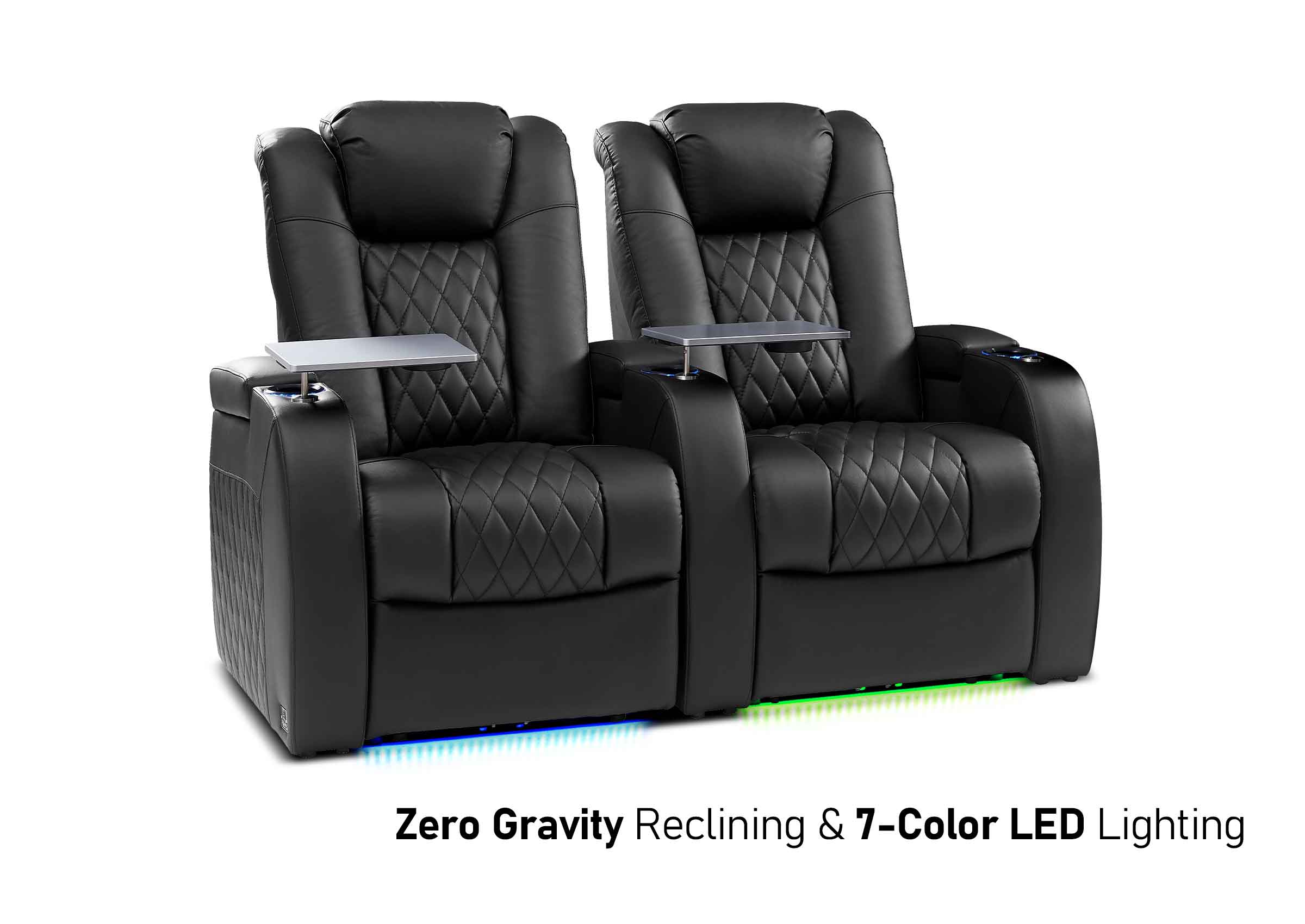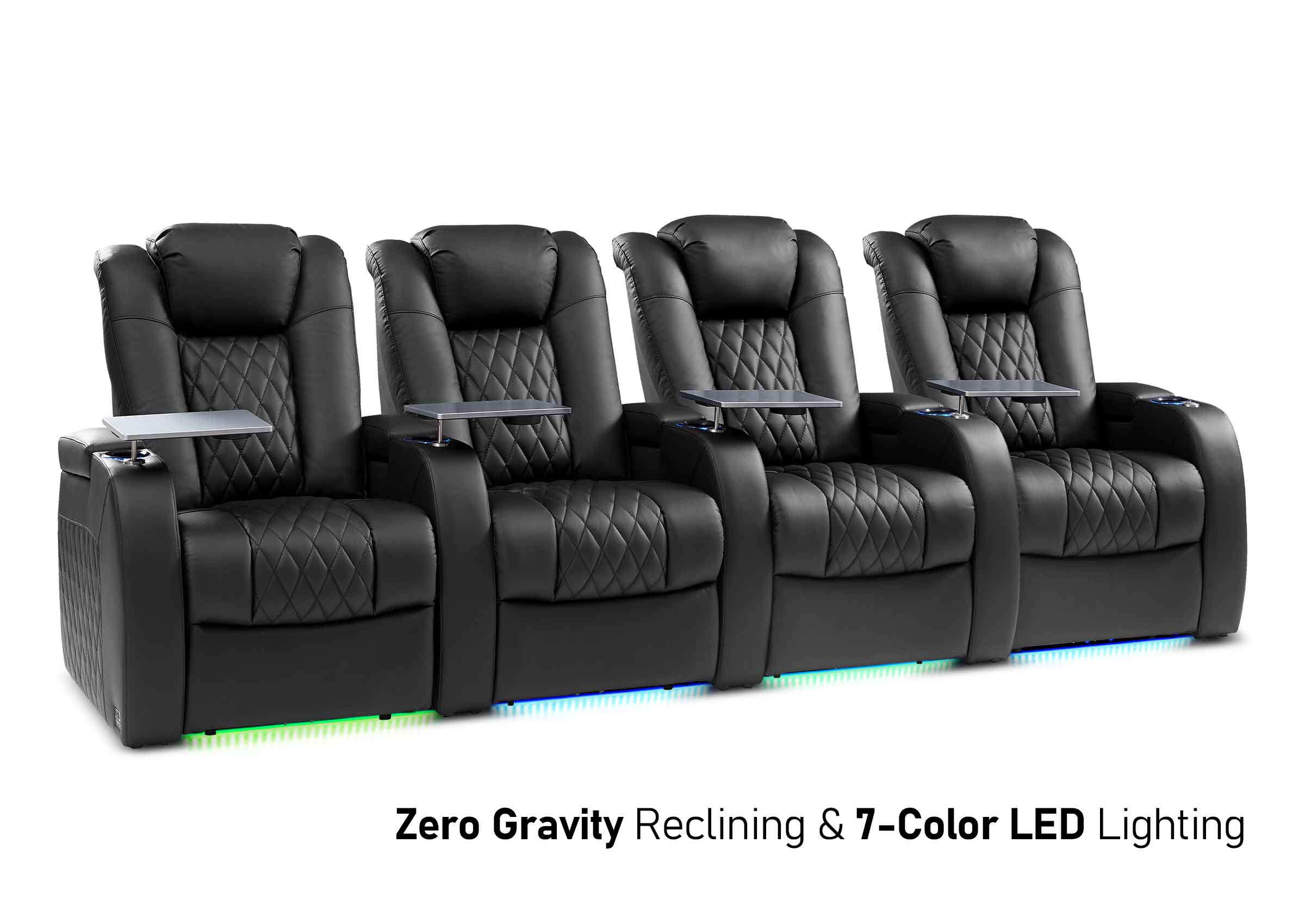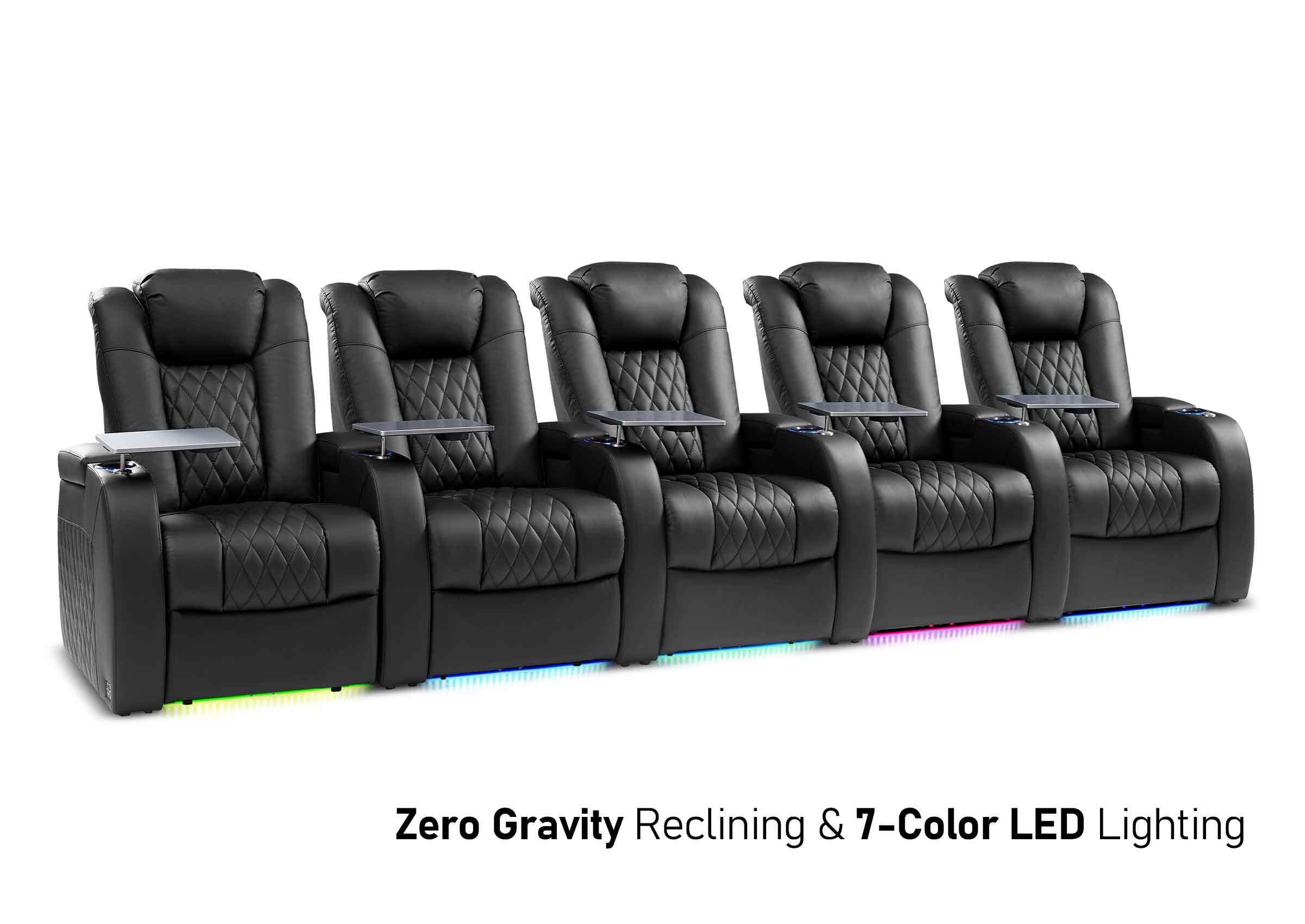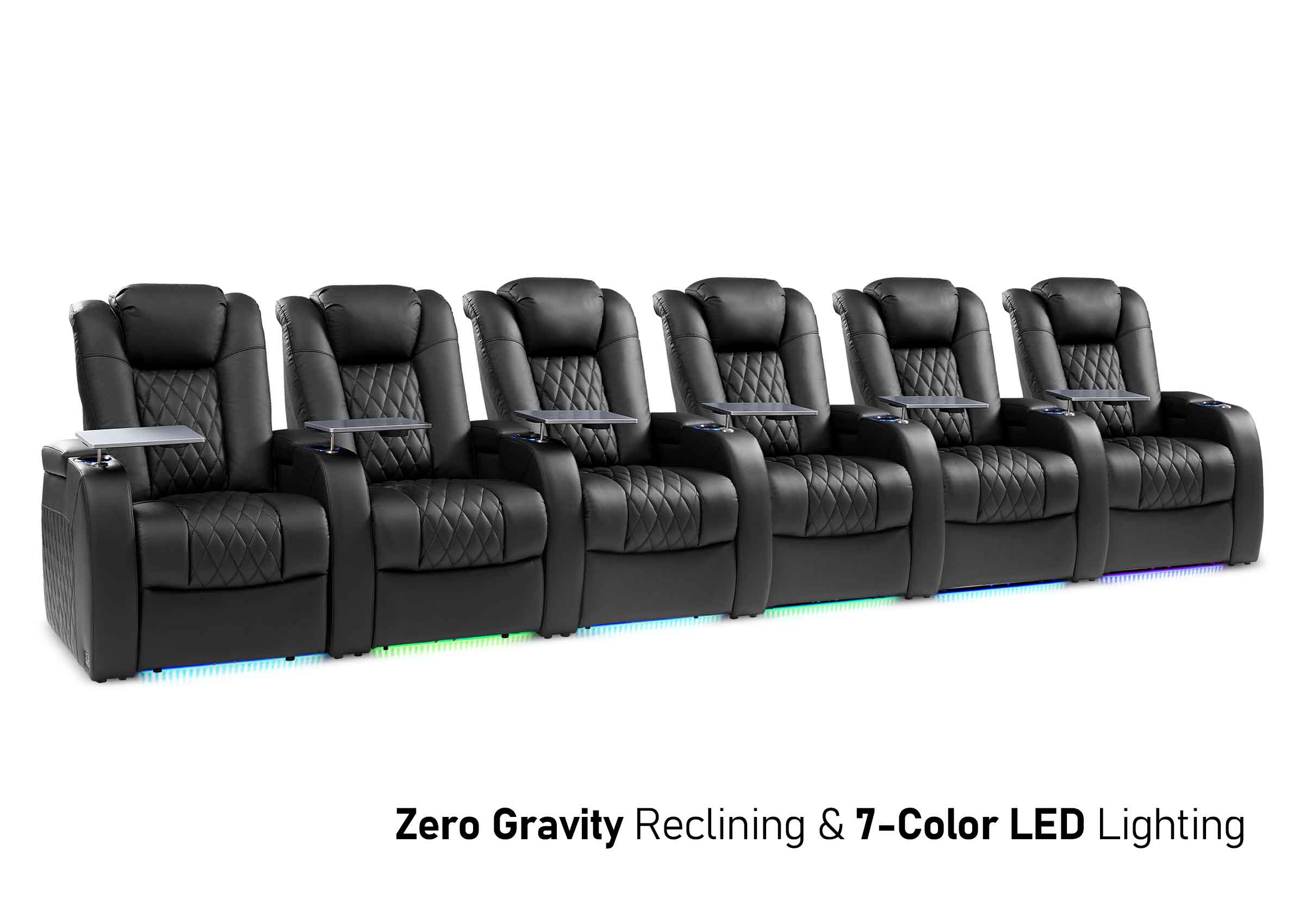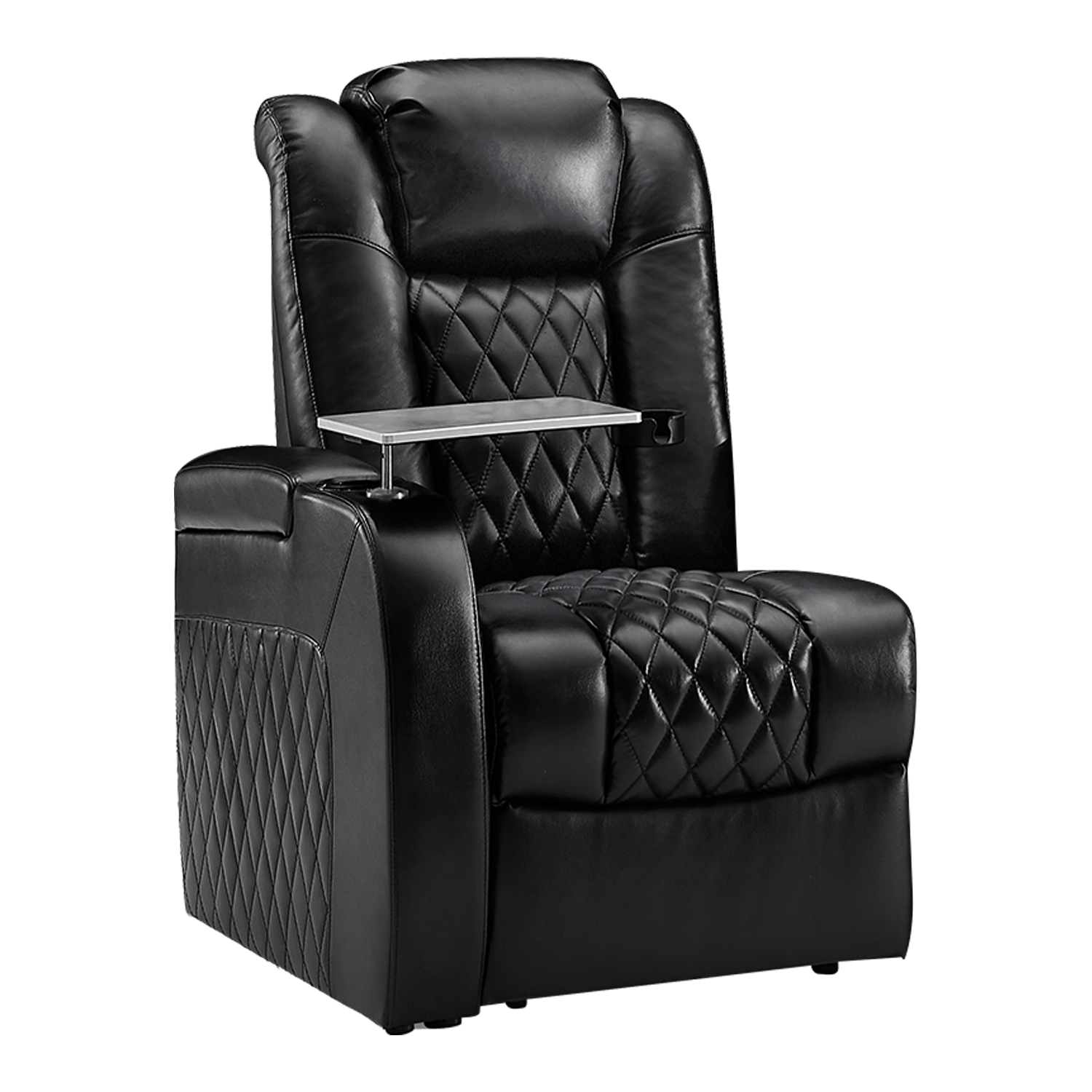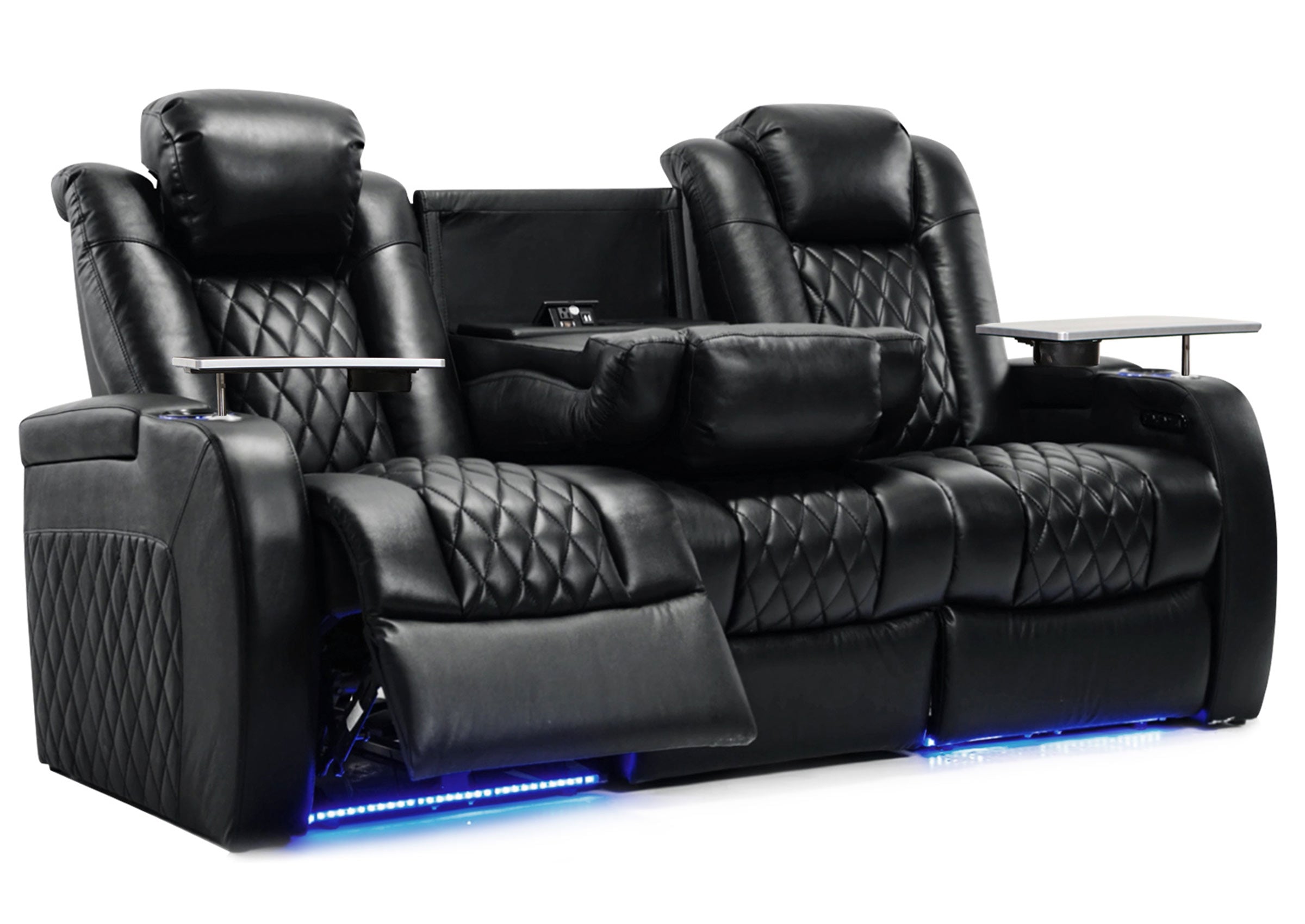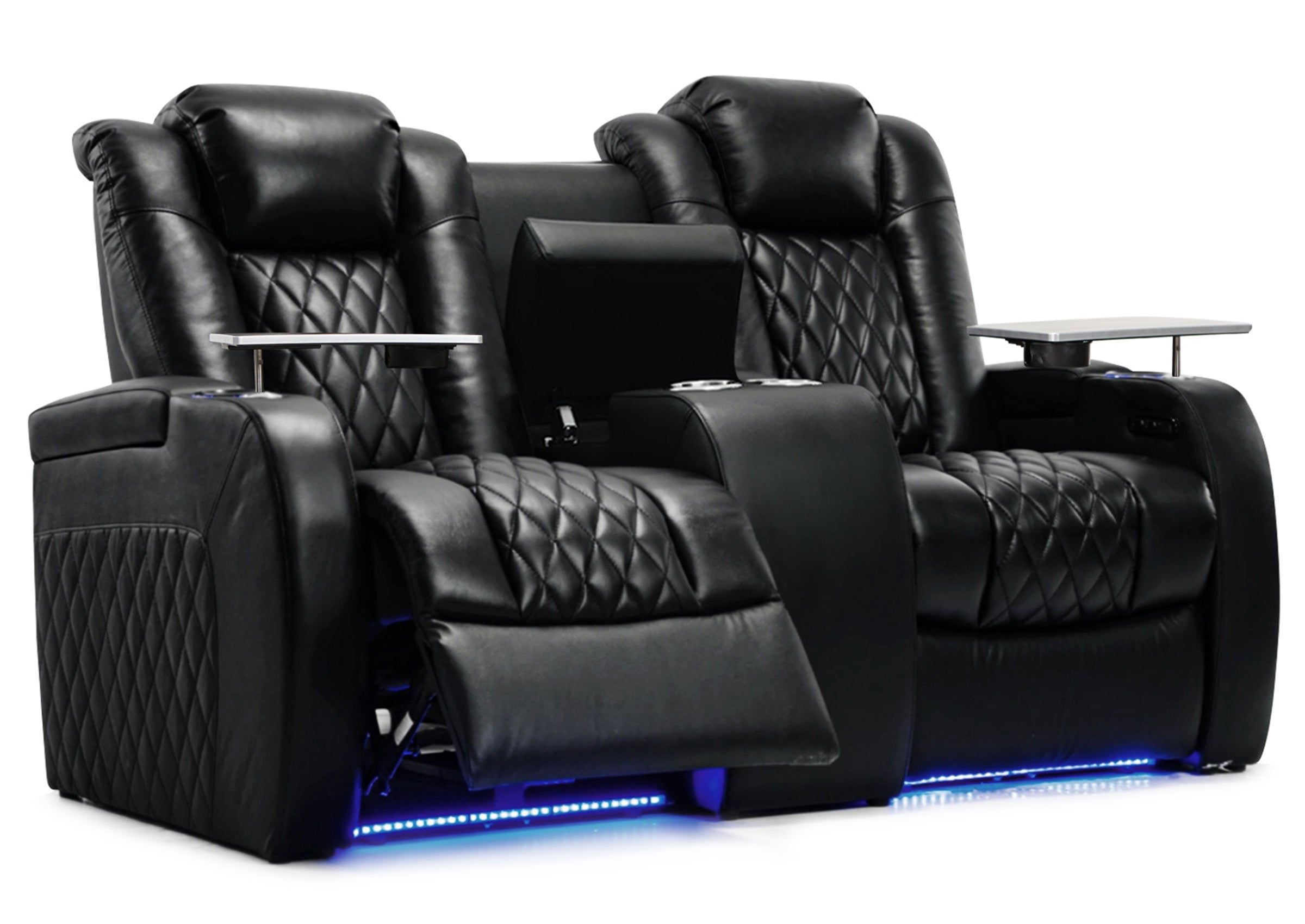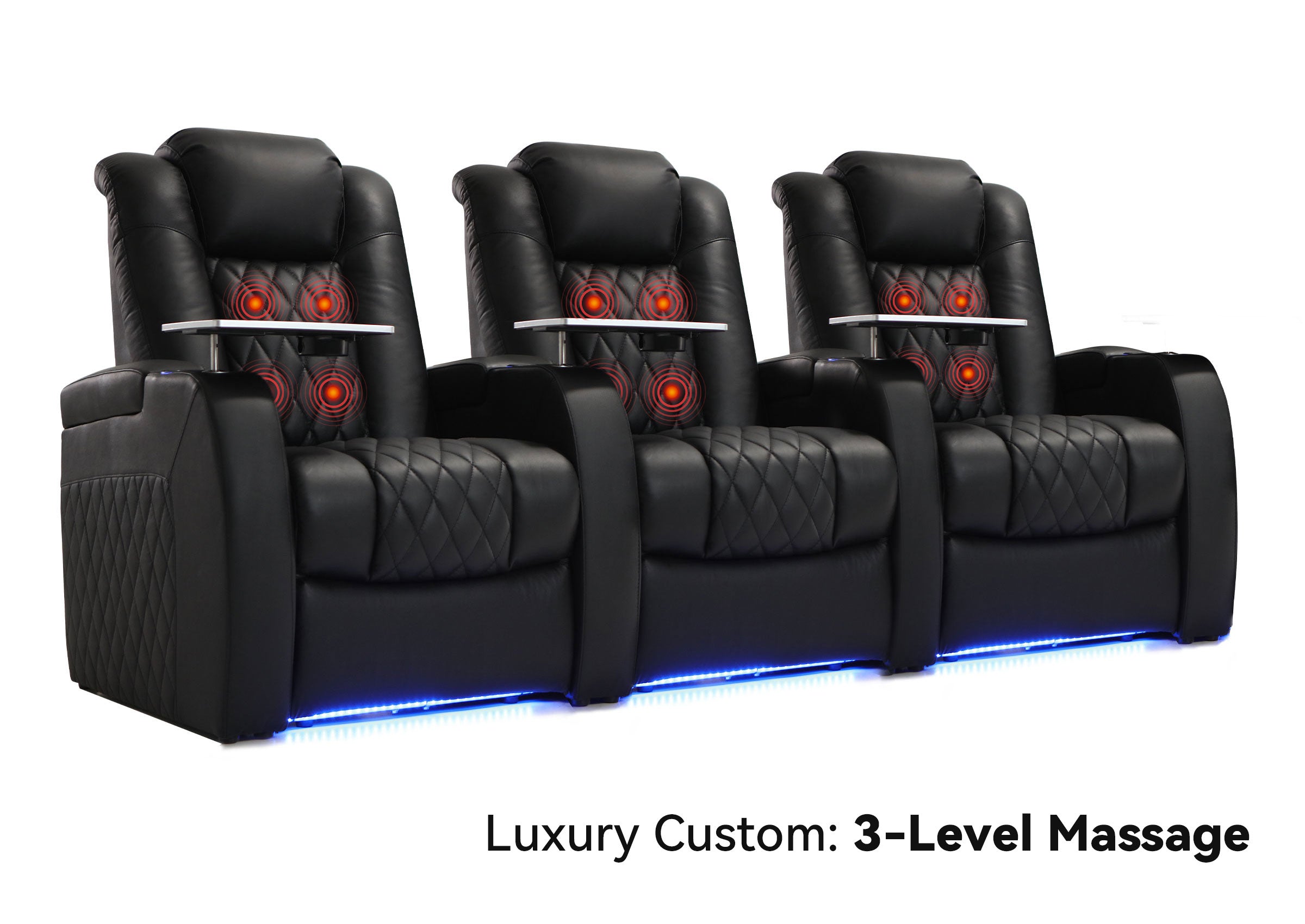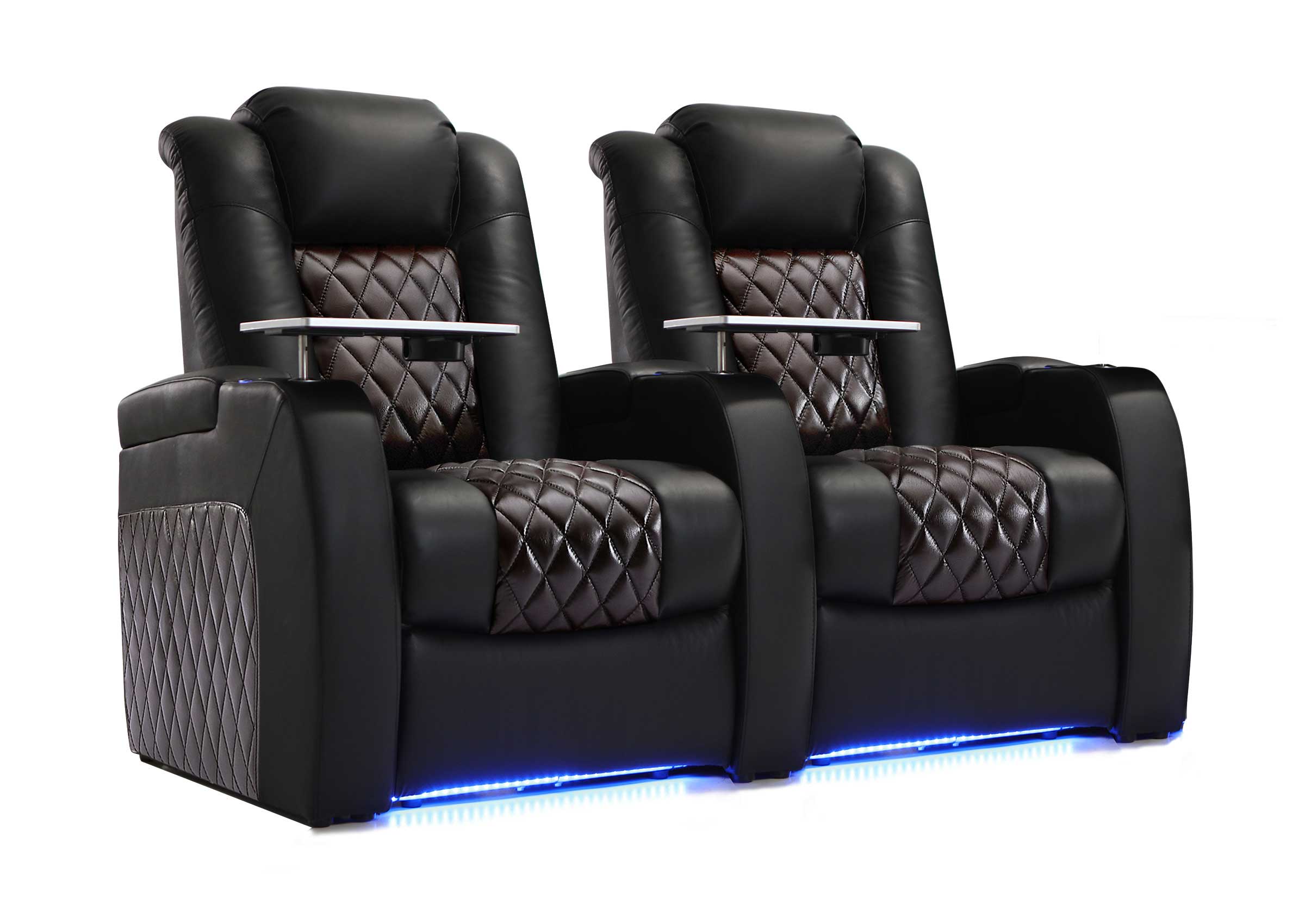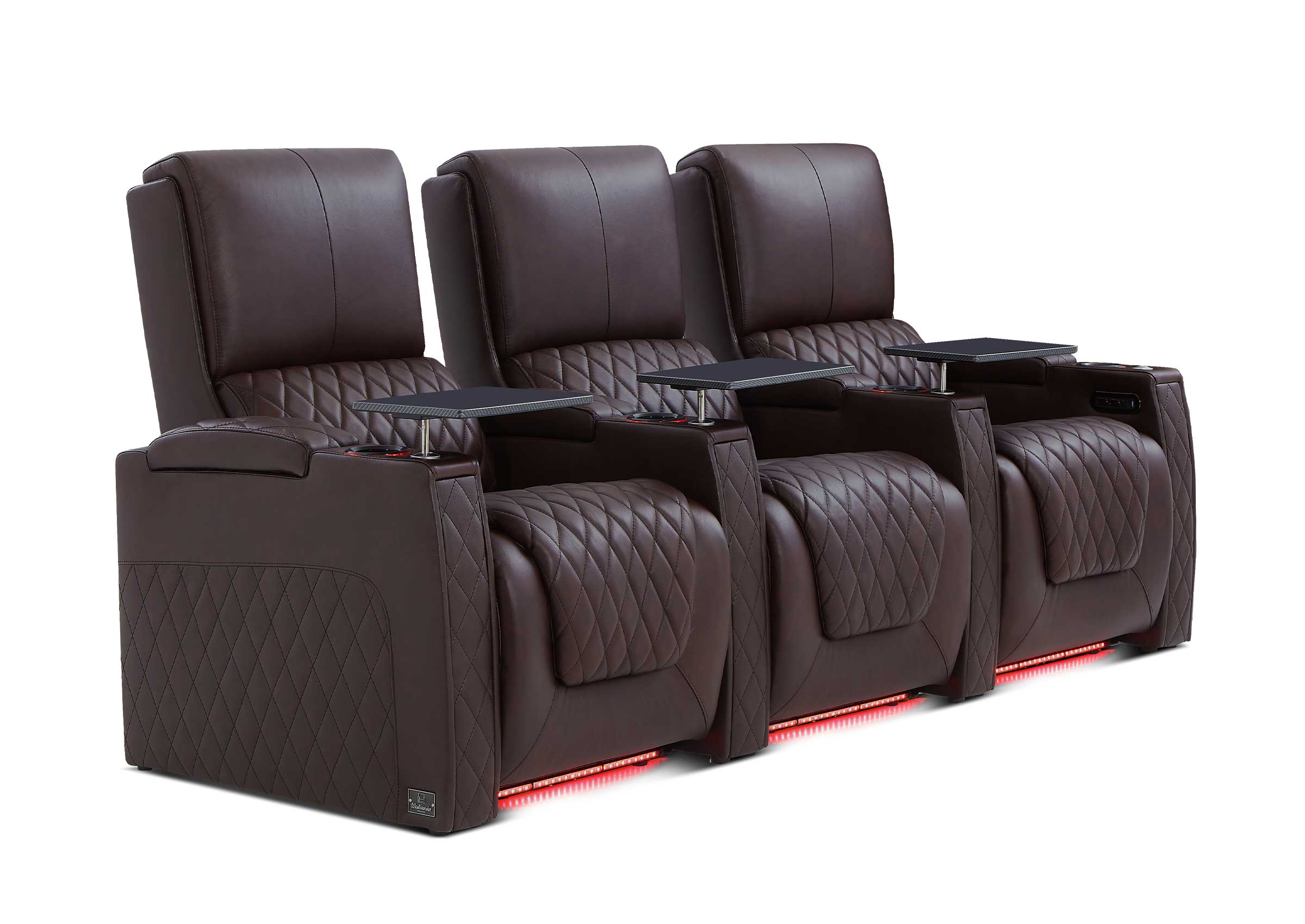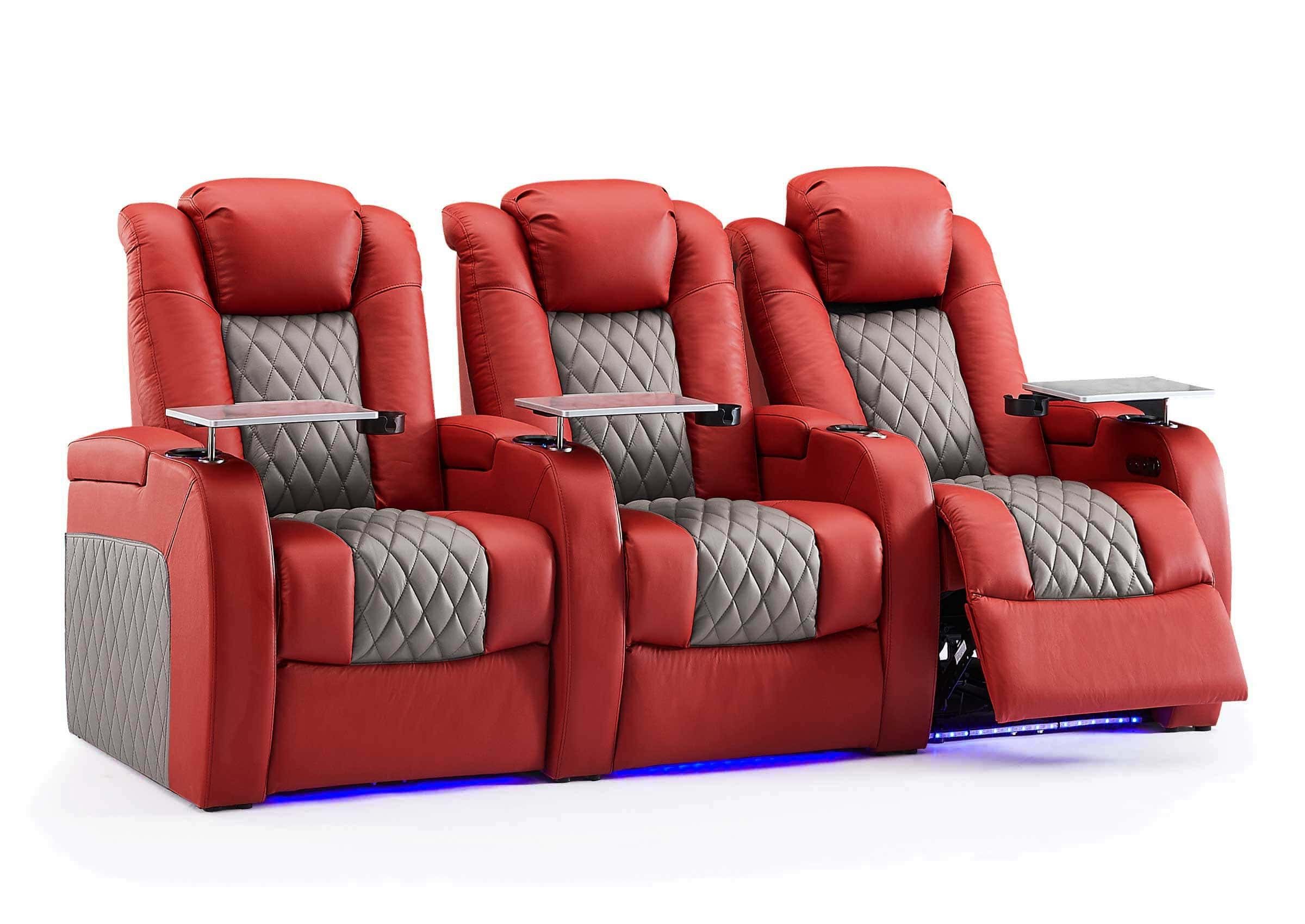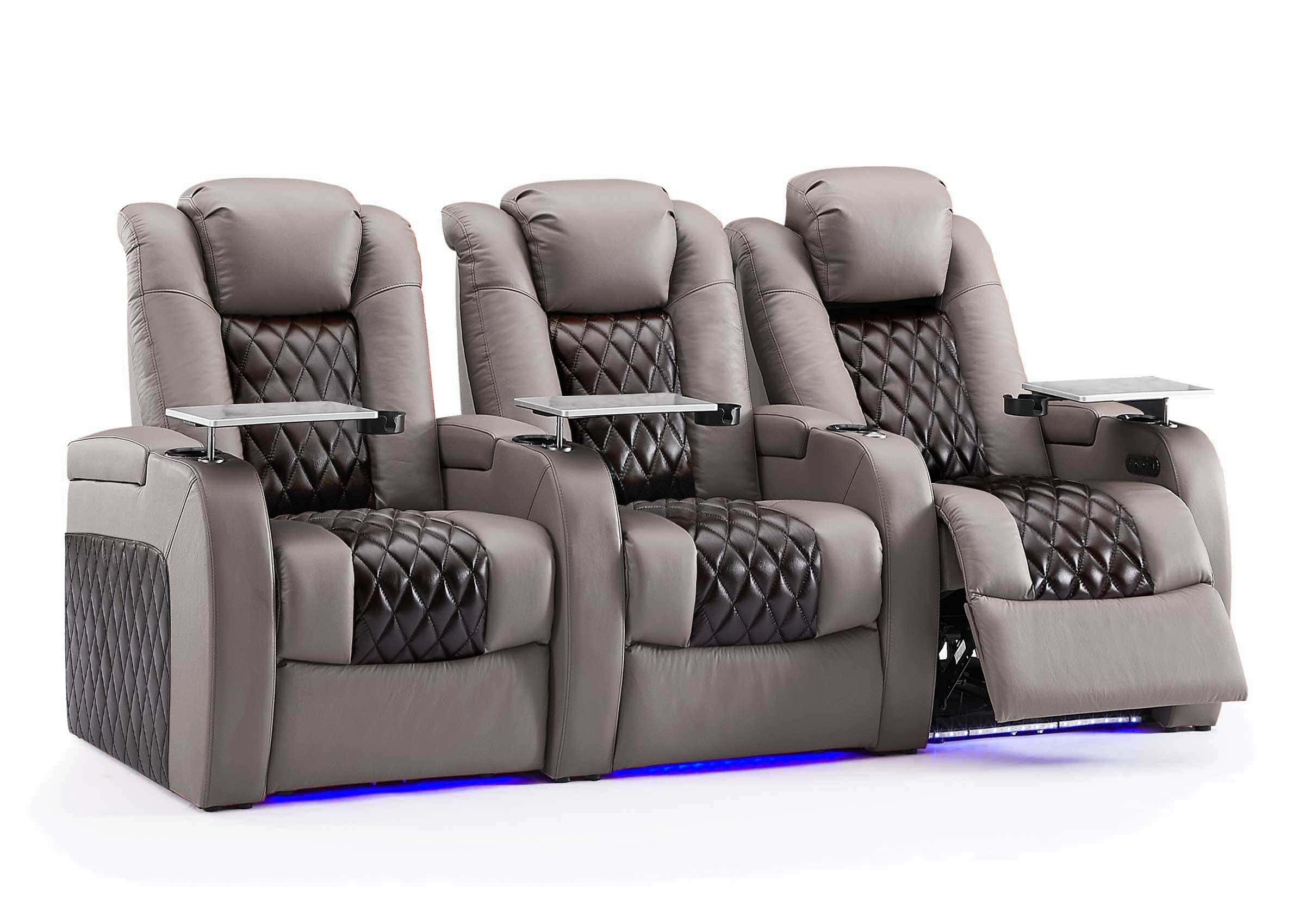A good speaker setup makes watching movies and TV shows at home much more enjoyable. The speakers work together to create clear sound that follows the action on screen - from quiet conversations to action scenes. You can start with two basic speakers or build a complete surround sound system that fills the room. The choice depends on your room size, what you like to watch, and how much you want to spend. Today's audio technology gives you many options to improve your home entertainment.
What Are Audio Channels?
An audio channel sends sound to a specific speaker in your system. In a surround sound setup, each speaker handles different audio elements - some play music, others handle dialogue or sound effects. When multiple channels work together, you hear sound coming from different directions, making movies and shows more realistic.
Home audio has evolved from simple one-speaker systems to today's advanced setups. The journey started with basic stereo (left and right speakers), moved to 5.1 surround sound with additional speakers, and now includes systems like Dolby Atmos that can direct sound from any direction, including overhead. Each advancement has made home entertainment sound better and more immersive.
Common Speaker Configurations in a Home Theater
Modern home theaters come in many configurations, ranging from simple two-speaker systems to complex setups with overhead sound. Each type offers different benefits for specific room sizes and entertainment needs.
Stereo (2.0): Simple and Space-Saving
A basic stereo system places two speakers on the left and right of your TV or listening area. This simple setup works well for music and casual TV watching, especially in small rooms or apartments. Many people start with this arrangement and upgrade later.

2.1 System: Adding Bass
A 2.1 system adds a subwoofer to the basic stereo pair. The subwoofer handles low-frequency sounds, creating deeper bass for music and adding impact to movie effects. This setup offers better sound than stereo alone but doesn't take up much space.
5.1 Surround: The Home Theater Standard
Most home theaters use a 5.1 setup. This system includes:
- Three front speakers (left, center, right) for main audio and dialogue
- Two rear speakers for surround effects
- One subwoofer for bass
The center speaker makes voices clearer, while rear speakers create surround effects for a more engaging movie experience. This configuration balances good sound quality with practical space requirements.
7.1 Surround: Enhanced Rear Effects
A 7.1 system builds on 5.1 by adding two more rear speakers. The extra speakers create more precise surround effects, especially in larger rooms where sound needs to travel further. This setup works particularly well in rooms longer than 15 feet, where the additional rear speakers help fill the space with sound.
9.1 and 11.1: Advanced Setups
These systems add more speakers for height effects or extra surround coverage. They're designed for dedicated home theater rooms and audio enthusiasts who want the most detailed sound possible. However, they require significant space and careful speaker placement to work properly.
Dolby Atmos and DTS:X: Modern 3D Sound
These newer formats add overhead sound effects. You can achieve this either with ceiling-mounted speakers or special upward-firing speakers that bounce sound off the ceiling. The result is more realistic audio that moves above and around you. While these systems offer the best sound quality, they're also the most complex to set up and typically the most expensive.

Factors That Affect Your Speaker Choice
After learning about different speaker setups, several practical factors will help narrow down your options.
Room Size and Layout
The size and shape of your room directly affect how speakers perform. A minimum of 3 feet between speakers and walls helps prevent sound distortion. Small rooms (under 150 square feet) work well with two-speaker or 2.1 setups. Medium rooms (150-350 square feet) can handle 5.1 systems effectively. Larger rooms need more powerful speakers or additional units like 7.1 systems to fill the space properly. Square rooms often create audio problems with sound reflections, while rectangular rooms generally work better for speaker placement.
Budget Planning
Entry-level speakers for a good stereo setup start around $200-300. A quality 5.1 system typically costs $500-1,500. High-end setups with Dolby Atmos can exceed $3,000. Consider buying your system in stages - start with quality front speakers, then add other components over time. Spending more on front speakers and the center channel often provides better value than buying a complete but lower-quality surround system.
Content and Usage
Different activities need different speaker configurations:
- Movies and TV shows benefit most from surround sound setups (5.1 or higher)
- Music often sounds best through a quality stereo or 2.1 system
- Gaming works well with surround sound, particularly for action games
- Sports broadcasts mainly need clear dialogue, making a strong center channel important
These three factors - room conditions, budget, and main usage - work together to point you toward the most suitable speaker setup. The right balance among them leads to the best sound quality for your specific situation.

How to Get the Best Sound From Your Speakers
The right speaker setup needs proper placement and adjustment to reach its full potential.
Speaker Placement Basics
Front speakers should sit at ear level when you're in your home theater seating position. They should be angled slightly toward your main seating area. The center channel works best directly above or below your TV. For a 5.1 setup, place surround speakers slightly behind your seating area, about 2 feet above ear level. Your subwoofer can go almost anywhere, but corners often produce the strongest bass.
Key distances from your home theater seating:
- Front left and right speakers: 22-30 degrees from center
- Surround speakers: 90-110 degrees from center
- All speakers: At least 6 inches from walls
- Center channel: As close to the TV screen as possible
Sound Balancing and Adjustment
Most modern receivers include an auto-calibration system with a microphone. Place the mic where your head would be in your main seating position and run the calibration program. This sets proper volume levels and adjusts for sound delays.
For manual adjustments:
- Start with all speakers at the same volume level
- Set the subwoofer volume to blend with main speakers, not overpower them
- Test with familiar movies or music to fine-tune each speaker's level
- Check speaker settings in your receiver's menu for correct size and distance
Regular tests with different types of content help ensure your system maintains proper balance. Small adjustments often make a big difference in overall sound quality.

Make Your Home Theater Sound Its Best!
A well-planned speaker system brings your home entertainment to a new level. Start with the basics of how many speakers you need based on your room size and budget. Then, focus on proper placement and calibration - these steps make a big difference in sound quality. Whether you choose a simple stereo setup or a full surround sound system, taking time to position your speakers correctly and adjust their settings will reward you with clear dialogue, rich music, and immersive sound effects. Your perfect home theater sound awaits with the right setup and attention to detail.








